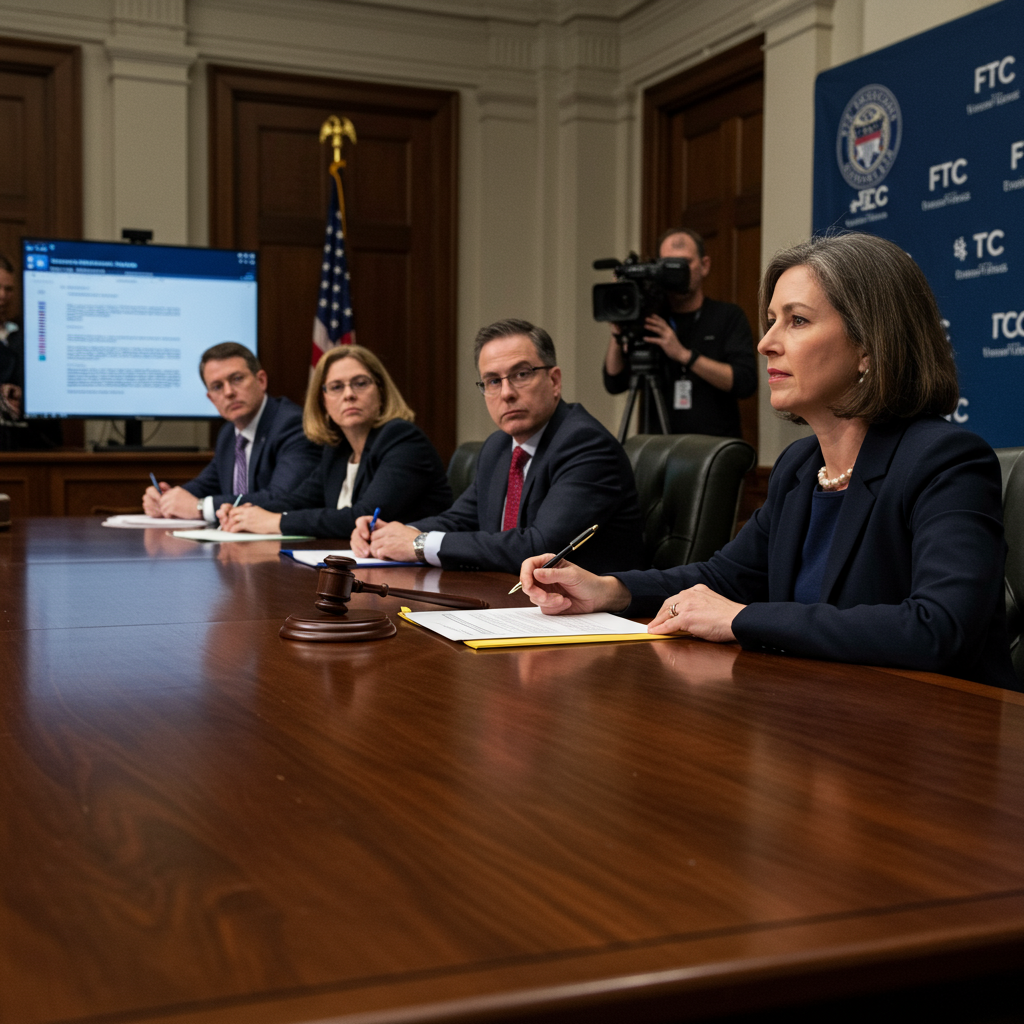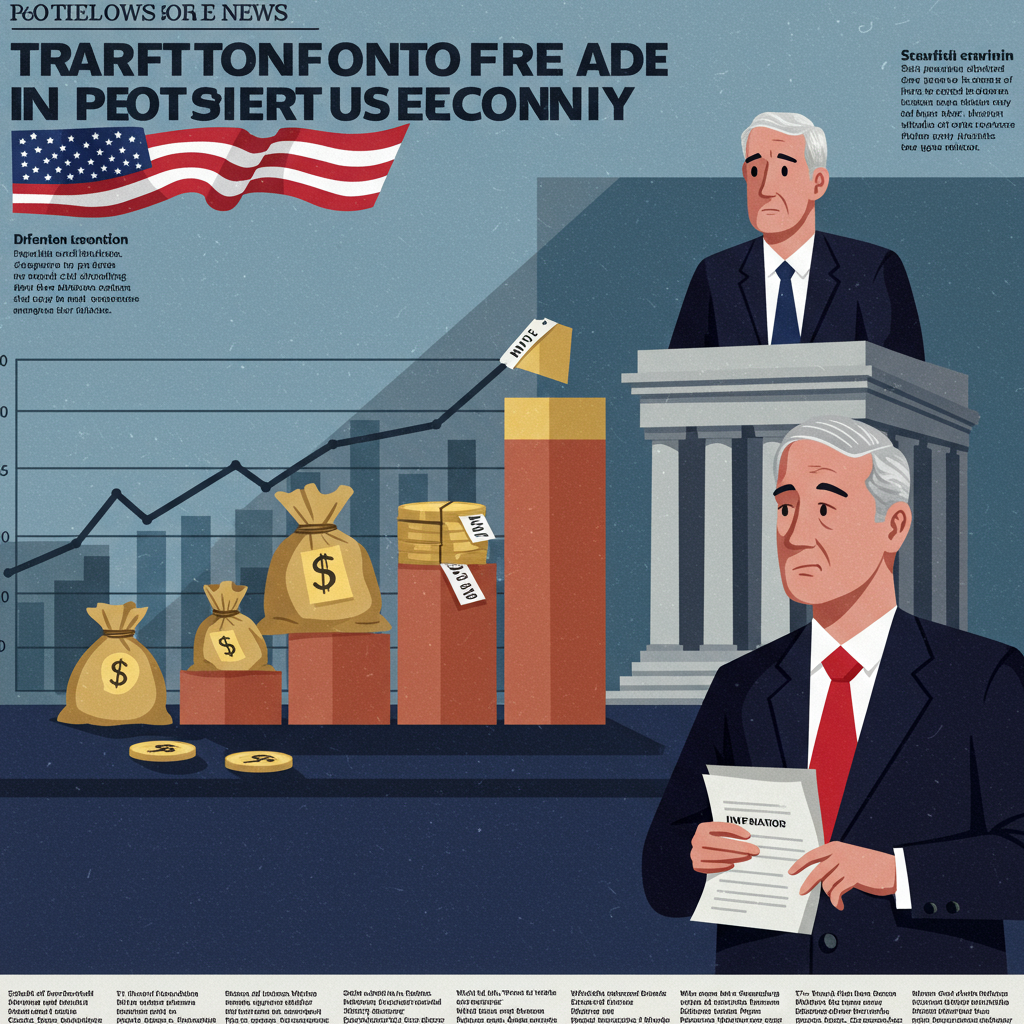In a surprising turn of events following a significant announcement from the Oval Office, Moscow’s stock market recorded a notable rise. This unexpected positive reaction came after President Donald Trump detailed new US measures targeting Russia, including threats of potentially crippling tariffs and plans for increased military aid to Ukraine. While the move signaled a tougher stance from Washington, the Kremlin’s initial response appeared less rattled and more a reflection of relief that anticipated harsher actions had not materialized immediately.
Trump Unveils Pressure Tactics: Tariffs and Arms
Speaking from the White House, President Trump outlined a two-pronged strategy aimed at pressuring Moscow regarding the ongoing conflict in Ukraine. The first component involved new US arms shipments destined for Kyiv. Crucially, these weapons would be funded by European governments, with the United States committing to supply replacements for the systems Europe sends to Ukraine. This mechanism, discussed with NATO allies like Mark Rutte, involves supplying “top-of-the-line weapons” like Patriot air defense systems, missiles, and ammunition, delivered “massively through NATO” and financed by European partners. The stated hope was that this substantial aid package, potentially worth billions, would push Russian President Vladimir Putin towards taking peace negotiations more seriously.
Simultaneously, Trump issued a potent economic threat: severe secondary tariffs. He announced that the US would impose a 100% tariff on goods from Russia’s remaining trade partners if a peace deal in Ukraine wasn’t reached within 50 days. This mechanism targets countries continuing commerce with Moscow, making their exports to the US prohibitively expensive. For instance, if a country like India bought oil from Russia, US companies importing goods from India would face a 100% tax, harming India’s revenue and, indirectly, reducing Russia’s income, which heavily relies on oil and gas exports. The intent is clear: financially constrain Moscow’s ability to fund its military efforts.
Moscow’s Calculated Reaction: Relief Over Alarm
Despite these seemingly strong measures, the immediate financial response in Moscow was counterintuitive. The Moscow stock exchange index actually rose by 2.7% following Trump’s announcement. This reaction stemmed from Russia having reportedly braced itself for even more severe sanctions than those presented. Russian media had warned of an impending “new round of confrontation” and predicted an unpleasant surprise from Trump’s actions. While the announced measures were certainly not welcomed, the specific details provided a degree of unexpected comfort.
The key source of relief was the timing of the threatened secondary tariffs. The announcement stipulated these would only take effect 50 days later. This significant delay provides Moscow with ample time. Experts suggest this window allows the Kremlin to strategize counter-proposals, explore alternative trade mechanisms, and potentially negotiate to delay or mitigate the sanctions further, thereby blunting their immediate impact on Russia’s economy and “war chest.”
Navigating the Stalemate: Putin’s “Yes, But…” Game
President Trump’s announcement also reflects growing frustration in Washington with the lack of progress towards ending the war. Upon his return to the White House, ending the conflict in Ukraine had been highlighted as a key foreign policy objective. For months, Russia’s engagement with peace initiatives has been characterized by a consistent “Yes, but…” approach.
Moscow, for example, welcomed proposals for a ceasefire in March. However, they immediately attached preconditions deemed unacceptable by Kyiv and its Western partners. These demands included the immediate cessation of Western military aid and intelligence sharing with Ukraine, alongside an end to Ukrainian military mobilization. The Kremlin has consistently stated its desire for peace but insists that the “root causes” of the conflict must first be resolved on its terms. Russia frames these root causes as external threats to its security from Kyiv, NATO, and ‘the collective West.’ Critics point out that this narrative overlooks the reality that it was Moscow, not Ukraine, NATO, or the West, that launched the full-scale invasion in February 2022, triggering the largest land war in Europe since World War Two.
Playing for Time: Avoiding Sanctions Through Stalling
This “Yes, but…” strategy has proven effective for Russia in the past. By appearing open to dialogue while setting impossible conditions, Moscow has managed to avoid additional crippling US sanctions for a considerable period, all while continuing its military campaign. Earlier in the administration’s tenure, there was perhaps a greater emphasis on offering “carrots” – incentives for a deal – in discussions with Russian officials, reflecting a hope that Vladimir Putin could be persuaded to negotiate a peace agreement. Critics argued this strategy allowed Russia to simply play for time, solidifying its positions on the ground.
President Putin has shown little public urgency to strike a peace deal. The Kremlin seemingly believes it currently holds the military initiative on the battlefield and therefore seeks to dictate the terms of any potential settlement. These terms explicitly include an end to Western arms shipments to Ukraine – a condition that is now directly contradicted by President Trump’s recent announcement of continued and enhanced military support.
Broader Implications: Allies, Adversaries, and Global Shifts
Beyond the immediate impact on Russia and Ukraine, analysts view actions like Trump’s announcement through the lens of broader shifts in US foreign policy. Some Western officials and experts express concern that such moves, particularly those perceived as unpredictable or conditional, can undermine the long-standing trust and reliability America’s traditional allies have placed in Washington.
This perceived uncertainty could create a “vacuum” in global leadership and security arrangements. Some observers suggest this void might be exploited by rivals, potentially leading to increased cooperation among nations like Russia, China, North Korea, and Iran. Allies in Europe and the Asia-Pacific region reportedly feel “deeply unnerved” by a potential shift away from multilateralism, prompting them to consider preparing for a future with less guaranteed American support. While European nations, for example, are increasing defense spending, experts note they currently lack the collective military, economic, or political strength to fully replace a reduced US presence on the global stage. The determination shown by even economically smaller nations like Russia can significantly amplify their limited potential in this context.
Furthermore, some analysts caution that pursuing peace “at any cost” or allowing Russia to retain seized territories could be a “fatal error.” Such an outcome, they argue, might not end the conflict but merely embolden Putin and pave the way for future aggression against neighboring countries, ultimately leading to greater instability and potentially broader conflict in the future.
Mutual Disillusionment on the World Stage
The dynamic between President Trump and President Putin appears marked by a sense of mutual disillusionment. While President Trump has publicly stated his unhappiness with Putin, particularly regarding the lack of progress on peace talks and continued Russian actions after diplomatic overtures, the sentiment seems reciprocal. Some Russian media outlets have openly criticized the American president, reflecting a decline in the initial hopes or expectations they might have held regarding improved bilateral relations. One Russian tabloid, for instance, described Trump as exhibiting “delusions of grandeur” and possessing “a very big mouth.”
The latest US announcement, pairing specific military aid plans with conditional economic threats, represents a clear shift towards applying more direct pressure. While Russia’s immediate reaction was colored by relief at avoiding the worst-case scenario, the underlying strategic challenges remain. The coming weeks will reveal how effectively Moscow can use the tariff delay window and whether the increased military aid influences the calculus on the battlefield or at any future negotiating table.
Frequently Asked Questions
What specific measures did Trump announce targeting Russia?
President Trump announced plans for new US military aid to Ukraine, funded by European allies, involving the US replacing advanced systems like Patriot missiles. He also threatened 100% secondary tariffs on countries that continue trading with Russia, stating these would take effect in 50 days if no peace deal is reached with Ukraine.
Why did Russia’s stock market react positively to the news?
Despite the threats, Russia’s stock market rose by 2.7% because Moscow had reportedly anticipated even tougher sanctions from President Trump. The measures announced, while not welcome, were perceived as less severe than the worst-case scenarios they had prepared for, leading to a sense of relief among investors.
How does Russia’s “Yes, but…” strategy impact peace talks?
Russia’s “Yes, but…” approach involves agreeing to peace proposals in principle while attaching non-negotiable preconditions, such as demanding an end to Western military aid to Ukraine. This tactic allows Moscow to appear open to dialogue while effectively stalling meaningful negotiations and avoiding additional sanctions, buying time to pursue its objectives on the battlefield.


